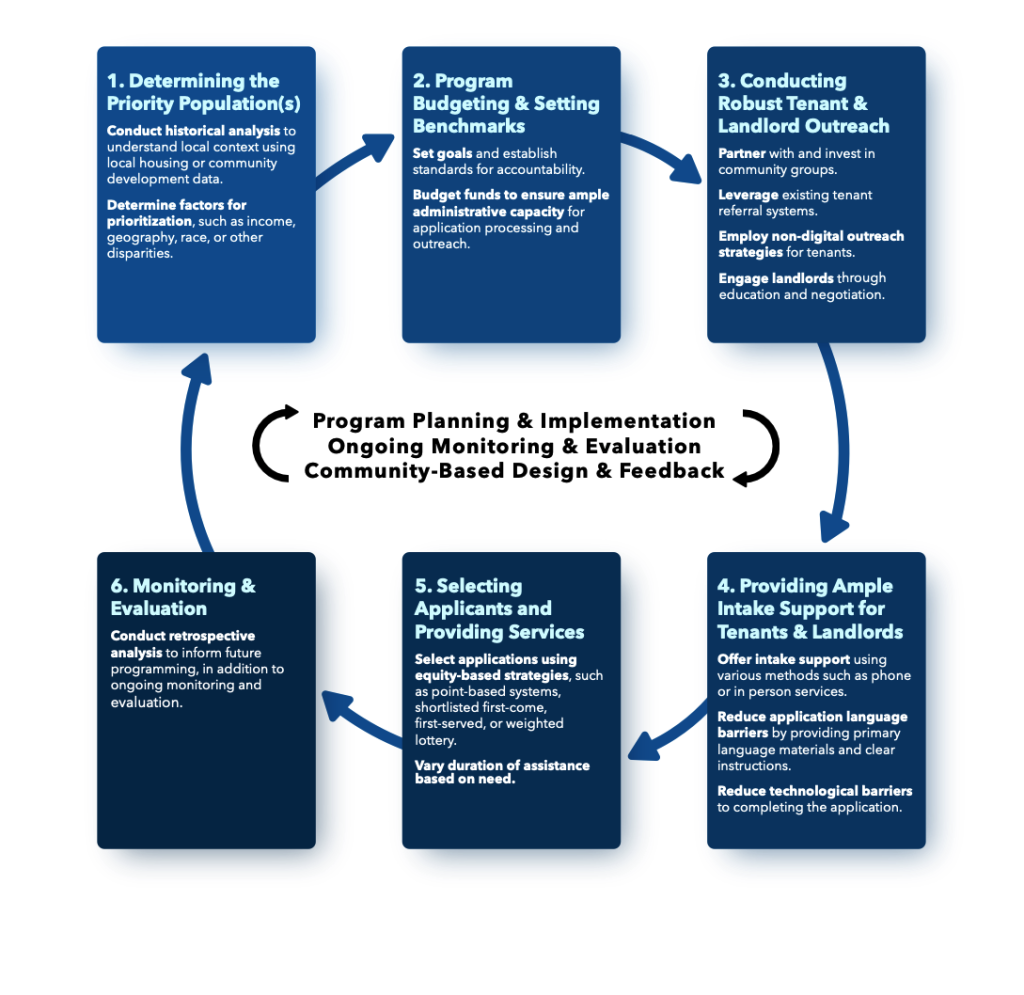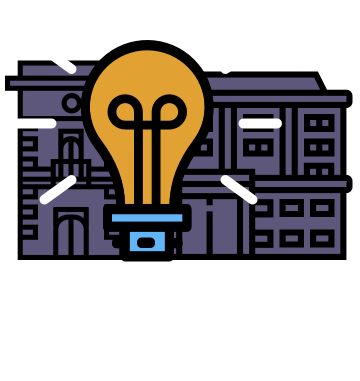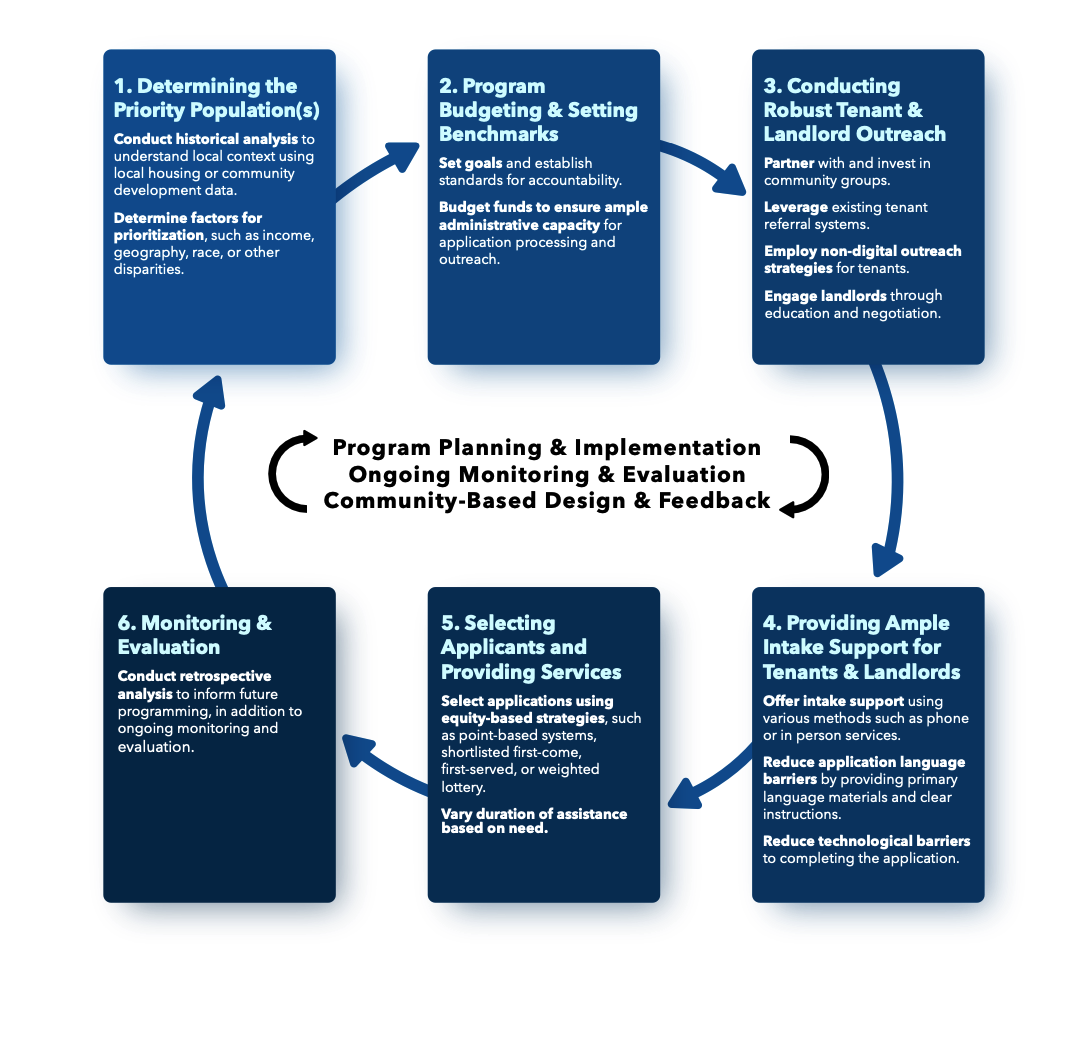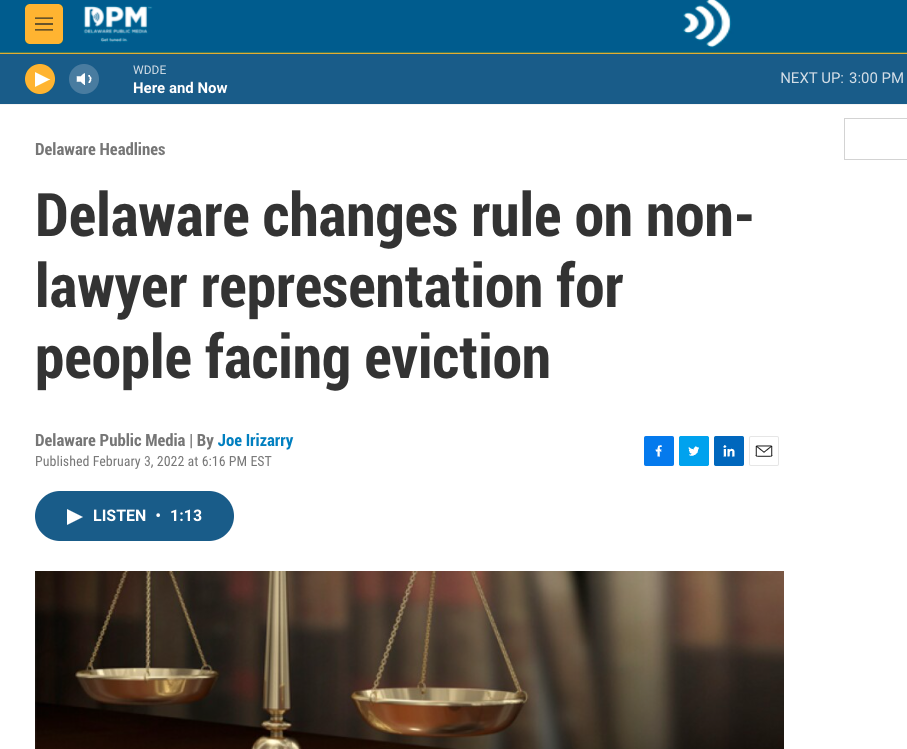Our team at the Eviction Prevention Learning Lab is working with several cities on how to improve their emergency rental assistance programs (ERAP).
Especially for those agencies that are going through a redesign of their original ERAP, they’re thinking through how to manage the many applicants. Should the agency offer first come, first serve service? Or should it focus on the applications of those with the lowest incomes first, in order to help those who most need it? Should they do scoring or screening to sort the applicants, before deciding whose to process first — or where to allocate resources to?
This report from the National Low Income Housing Coalition and the Center for Law and Social Policy, “Prioritization in Emergency Rental Assistance Programs” presents an overview of strategies and principles for agencies to follow. It’s from April 2021 and highlights lessons learned by government & nonprofit agencies across the country.
The strategies include:
- Point based systems that give a holistic ranking of risk of housing insecurity, like in Texas
- Have shortlisted first-come, first-served model with some funds, but then having another lottery or supplemental system (possibly setting aside funding for high-risk neighborhoods; or having Zip coes assigned a score and then having homes in high-risk Zipcodes getting quicker treatment
- Weighted lotteries, with applicants getting a higher chance depending on their weight
- Vary the length of the rental help based on the income level
- Fast track lanes for those in the court system, or with a pre-lawsuit notice
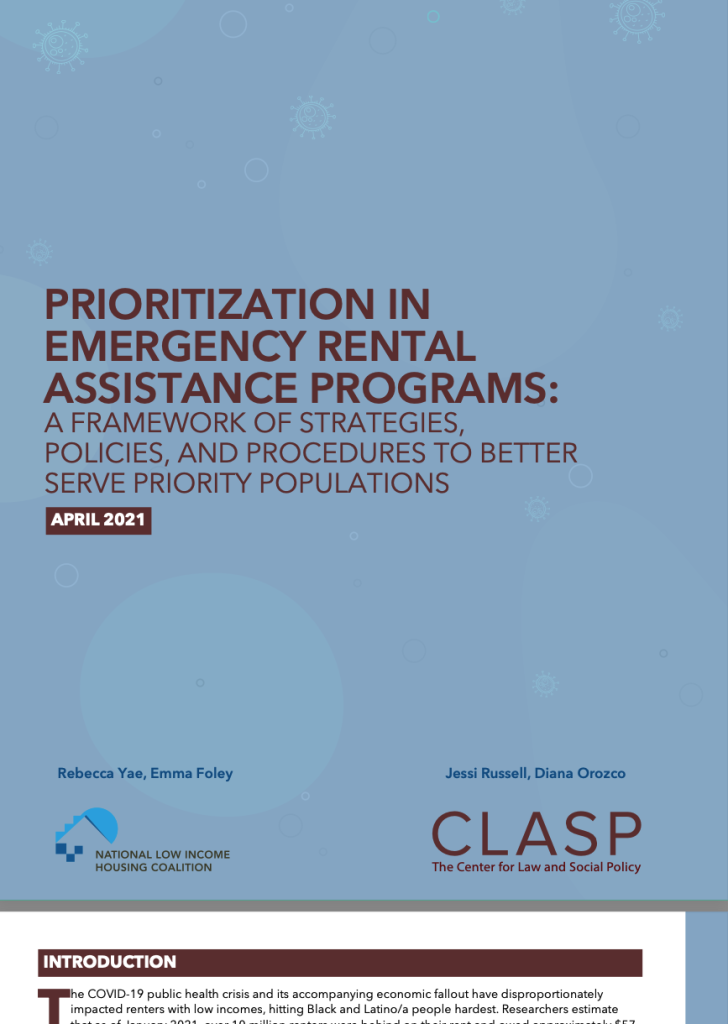
The report also provides best practices and short examples on how to make the ERAP process more fair & equitable:
- work with local community organizations to improve outreach
- reduce language barriers through hotlines, translations, and navigators
- reduce tech barriers through redundant process options
- engaging landlords through education, outreach, and negotiation
- partnerships with homeless services (local Continuum of Care groups) to reach out to at-risk tenants
